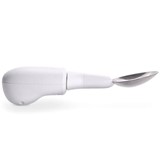This reduces their ability to live an independent life. In most cases, these ailments don’t manifest all at once. The signs appear gradually: pain in the joints, issues with vision, respiratory problems, all of which eventually cause a person to make minor adjustments to their lifestyle.
Elder people, despite being in good health, may find it difficult to perform menial tasks such as preparing meals or cleaning their house. As the signs get worse, daily tasks eventually begin to look like uphill struggles. Simple actions like going to the bathroom, eating meals, taking baths, or even putting on clothes becomes difficult.
In 2017, 1 in 7 people in Australia were aged 65 and above. That’s a significant percentage of the total population. Australia’s care facilities are growing at an unprecedented rate, as more and more elderly and disabled people move into them.
In 2010, 54% of all residential aged care facilities had more than 60 places. More importantly, the size of the average care home is also increasing. In 2018, there were more than 200,000 Australians in care facilities around the country on any given day. Care needs also vary according to age. According to another study, 56,531 individuals required an Aged Care Funding instrument appraisal, with more than half requiring round-the-clock care.
Understanding the Burden of Disease (BoD)
The burden of disease is a commonly used method to determine the reasons for health loss. This method evaluates the fatal non-fatal burden (the burden of loss of health compared to years lived in disability) and the fatal burden (premature death measured with average lifespan). By comparing the two together with diseases or injuries, burden of disease seeks to offer an estimate of the health of an entire population.
An analysis of the burden of disease aims to provide a quantifiable figure for the total burden borne by the population. The disability-adjusted total life year (DALY), which factors health risks and evaluates their contribution to the overall burden of disease is an important figure.
To put things into perspective, one DALY equates to a year of healthy living lost because of an untimely demise. In a study that was conducted in 2018, it was found that older Australians lost more than 1.8 million DALY because of a life-altering disease or an untimely death. This burden was highest for 65-69 year old individuals.
According to one estimate, 34-53% of Australians will spend time in a residential aged care facility at some point in their lives. In 2017, more than 184,000 Australians were in aged care facilities. Older people in residential aged-care facilities often suffer from ailments and chronic conditions that make it difficult for them to perform simple tasks.
Long-term researchers often use a few common definitions to describe the disabled and elderly, referring to them as individuals who require help with standard Activities of Daily Living (ADLs). There are five core ADLs:
- Bathing
- Moving from chair to the bed and vice versa
- Putting on clothes
- Feeding
- Going to the toilet
Researchers also evaluate an individual’s ability to function based on Instrumental Activities of Daily Living, which include things like preparing your own meals, cleaning the house, fiscal management, and buying groceries, among others. In Australia, there are several common aged care ailments and disabilities that elderly people suffer from.
Caregivers often need to rely on additional equipment in order to provide care and assistance to elderly disabled individuals. In the following paragraphs, we shall discuss some of the most common aged care ailments and disabilities, and provide suggestions on the best equipment to help manage those conditions.
Dementia
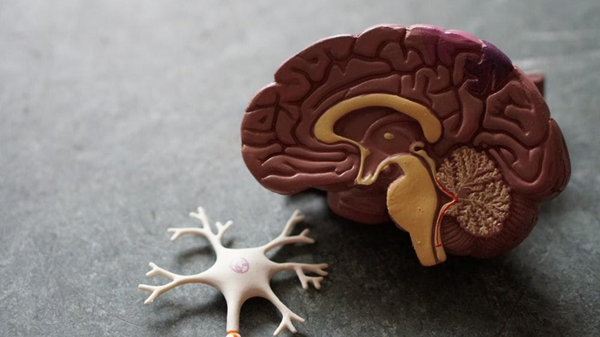
Dementia is one of the most common chronic diseases that affects the elderly population. One study in 2017 revealed that 48% of the elderly disabled population in the country suffered from dementia and had to be moved to a residential aged care facility (RACF) for treatment.
It’s important to note that dementia is not a specific disease, but is a broader term that refers more to a person’s compromised ability to think or form decisions with basic tasks. Alzheimer’s disease is perhaps the most common form of dementia, accounting for up to 80 percent of all dementia cases.
Dementia is a condition in which a person has difficulty in remembering events that just transpired. As the disease worsens, affected individuals also lose their long-term memory. In severe cases, patients also “forget” tasks like walking and talking.
There are other types of dementia, including vascular dementia (caused due to a brain stroke). It is also a degenerative disease, with symptoms worsening over time. Dementia patients need to be strictly monitored and cared for, as they are at an elevated risk of hurting themselves.
Equipment Needed for Dementia Care
Healthcare administrators who are interested in setting up an aged care facility or looking to service one will require specialized equipment and aids. These include:
- Handrails / Parallel Bars
- Walkers and walking frames
- Shower trolley
- Mobility scooters
- Nurse call systems
- Medical alarms
- Bed rail protectors
- Stairlifts
- Height-adjustable beds
Patients with dementia are generally not allowed to use metallic cutlery. They are usually served food in polycarbonate cups, plates, and tumblers.
Arthritis
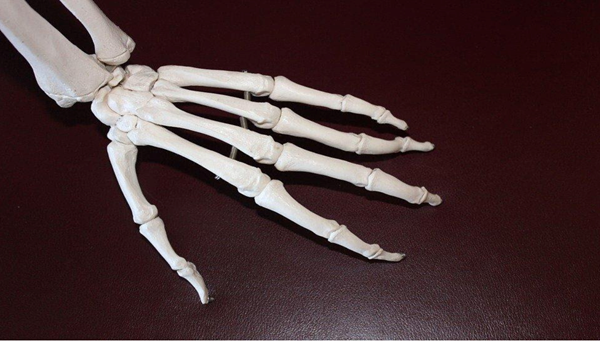
Arthritis affects 14.2% of the Australian aged care population, according to the same study. Arthritis is a disease that affects the joints and causes pain, stiffness, and swelling. This can lead to difficulty in performing everyday tasks like getting dressed or cooking dinner. There are also treatments for arthritis including medication, physical therapy, surgery, and education about how to manage symptoms at home or work with adaptive devices.
The most common form of arthritis is osteoarthritis, which affects 9% of the Australian population. People above 50 are most susceptible to this problem. Osteoarthritis primarily targets knees, hands, hips, and the spine. Then, there’s rheumatoid arthritis, which affects 400,000 Australians (2% of the population).
Rheumatoid arthritis causes the shape of the joint to malform, which ultimately damages the cartilage and the bones in the joint. As the condition begins to worsen, patients also suffer from organ or tissue damage. Patients also suffer from extreme pain at times, and the worst part is that there’s no diet or supplement that can be used to cure arthritis.
When admitted to an aged care facility, arthritis patients must be tended to with care. The aim is to create an environment where they have to exert themselves as little as possible physically. It’s one of the leading causes of disability, so caregivers must be adequately trained to deal with arthritis patients as well and provide care.
Equipment Needed for Managing Arthritis
Apart from focusing on personalized exercise and meal plans to assist in pain relief, healthcare administrators will also need to invest in medical equipment that’s specially designed to relieve pain on a person’s joints. This includes:
- Mobility aids and scooters
- Wheelchairs
- Fall prevention mats
- Recliner chairs / Lift chairs
- Shower trolleys
- Pressure care mattresses
- Walking frames and walkers
- Stairlifts
- Pressure relief cushions
- Toilet aids and bedpans
- Stretchers
- Nurse call systems
Obesity
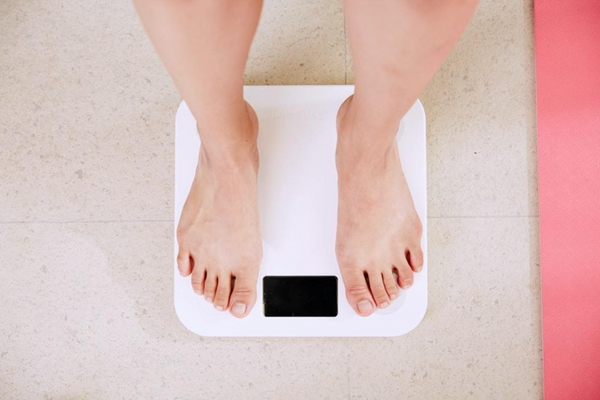
Australia has one of the highest obesity rates in the world. More than 60% of Australians are now above a healthy weight figure. According to the Australian Institute of Health and Welfare, 2 in 3 adults are overweight or obese (31%). 3 in 4 adult men are either overweight or obese.
The health impact has been devastating – 8.4% of the total burden of disease was caused by obesity in Australia in 2015. This figure has only grown over time. Obesity also increases the risk of other chronic problems, such as cardiovascular diseases, dementia, diabetes, kidney disorders, and several forms of cancers.
The rise of obesity has also led to a significant increase in the demand for bariatric care facilities. Bariatric suites are now found in almost all major aged care facilities, many of which include in-ceiling hoists or lifting rails designed to facilitate the transfer of a patient from their bed to a chair.
There has been a significant rise in the use of bariatric equipment throughout the acute health system, which accurately reflects the increasingly obese population of the country. While bariatric care equipment is more expensive, it’s important to understand that caregivers need to be specially trained to meet the needs of bariatric patients.
The AIHW states that 1 in 5 seniors are obese, with the number having tripled in the past two decades. Needless to say, obesity is a serious problem that has a dire impact on the aged care system throughout the country.
Equipment Needed for Bariatric Care
Standard healthcare equipment is often not suitable for patients suffering from extreme obesity. Normal beds or stretchers, for instance, are unable to bear the load of an obese patient. As a result, healthcare administrators need to invest in specialized bariatric equipment that is reinforced and won’t buckle under the excess weight of an obese individual. These include:
- Bariatric shower chairs and trolleys
- Power wheelchairs
- Bariatric patient lifters and hoists
- Chair and wheelchair scales
- Lift chairs
- Patient monitoring systems
- Restraints, harnesses, and belts
- Bariatric shower commode
- Bariatric chairs
- Ceiling hoist and rail systems
- Toilet aids
- Bariatric beds
Mental and Behavioral Disorders
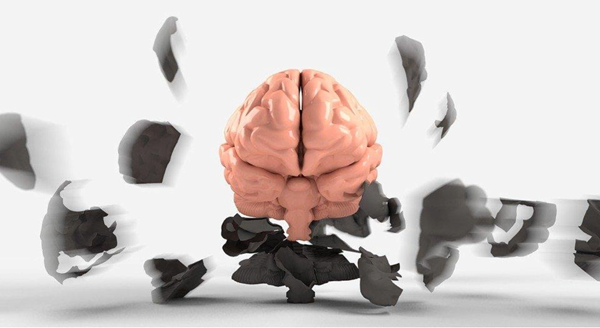
A vast majority of the patients (93%) in aged care facilities suffered from a mental or behavioral disorder, including depression. Mental disorders impair a person’s ability to think rationally or make sound decisions for their own well-being. People who suffer from a mental health condition often need round the clock care.
As the symptoms get worse, most patients begin to suffer from problems like incontinence. Some also become increasingly aggressive, requiring restraints and harnesses. While treatment options are limited for such psychiatric disorders, caregivers try to keep patients engaged through a range of developmental activities.
In extreme cases, mental disorders can lead to debilitating physical symptoms that eventually impair a person’s ability to perform ADLs. Psychotic illnesses such as schizophrenia also increase the risk of self-harm or suicide, so patient monitoring systems and medical alarms need to be installed in aged care facilities as well.
Equipment Needed to Provide Care for Patients Suffering from Mental Disorders
Healthcare professionals and administrators need to make sure that adequate equipment is available to care for patients who suffer from mental disorders. These include:
Restraints and harnesses
Patient monitoring systems
- Wheelchairs
- Medical alarms
- Bed rail protectors
- Skin protectors and hip protectors
- Incontinence aids
- Toilet aids and bedpans
- Shower chairs and trolleys
Parkinson’s Disease
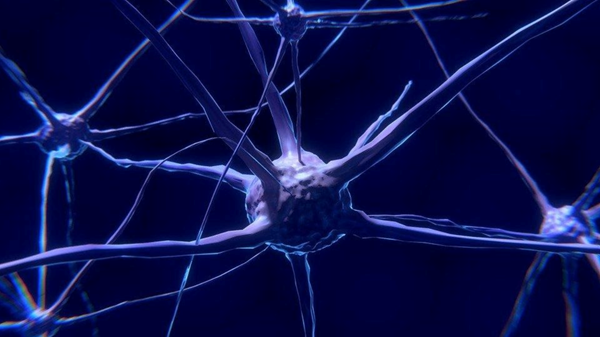
Parkinson’s Disease is a neurodegenerative disorder that affects 0.4% of the Australian population. For people above the age of 60, this incidence increases to 1%. As the disease progresses, the patient completely loses control over their body movements. Unlike most other neurodegenerative disorders, Parkinson’s is not fatal.
There are no diagnostic tests for detecting Parkinson’s. It is primarily diagnosed as the symptoms begin to manifest themselves. While medications and treatments are available, Parkinson’s continues to get worse over time, with many patients moving to residential aged care facilities for treatment and care.
According to Parkinson’s Australia, people with Parkinson’s are 5x more likely to live in aged care facilities. The burden of care has also increased by 14 times. It’s a serious condition that requires comprehensive care and management.
Equipment Needed to Care for Patients Suffering from Parkinson’s Disease
When outfitting an aged care facility for Parkinson’s patients, healthcare administrators need to invest in the following equipment:
- Chair and wheelchair scales
- Fall prevention mats
- Wheelchairs (electric and manual)
- Medical alarms
- Railings
- Nurse call systems
- Toilet aids and bedpans
- Patient monitoring systems
- Incontinence aids
- Bathroom aids
- Care chairs
- Walk-in bathtubs
- Wheelchair ramps
- Head protectors
The Bottom Line
The Australian aged care system is buckling under the weight of increasing demand and admissions. Healthcare administrators need to make sure that they invest in the right equipment that helps caregivers tend to the needs of the patients in an efficient and timely manner. With the pandemic looming large, it is of paramount importance that healthcare administrators carefully evaluate the needs of their patients and their caregivers when investing in equipment and buy from reputable suppliers.










